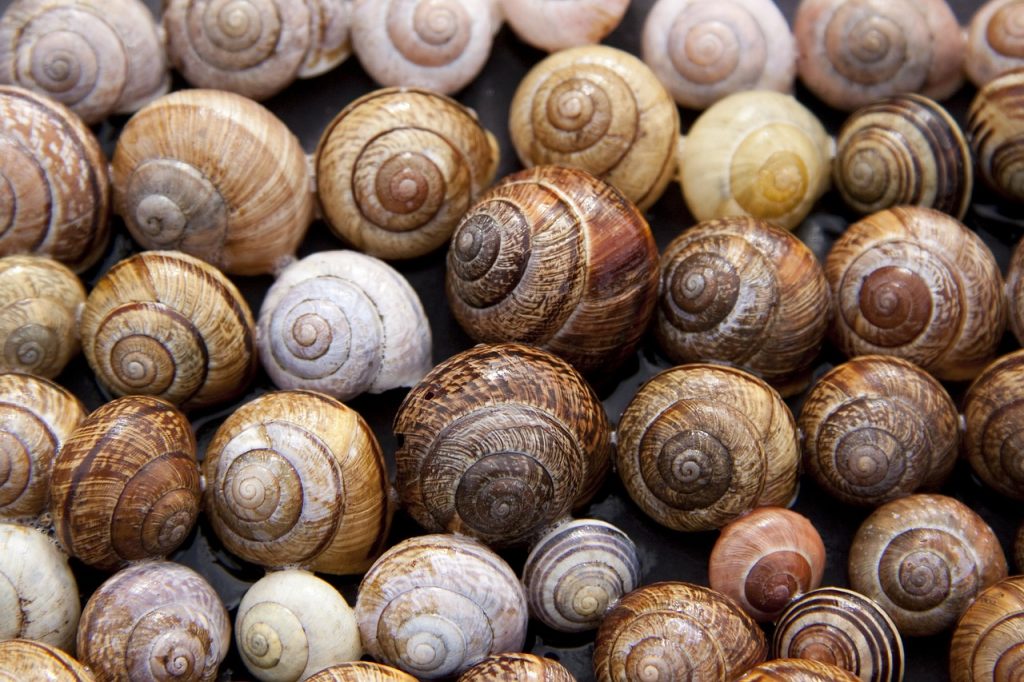Between Michael Phelps’s appearance in the pool or Gwyneth Paltrow’s on the red carpet, many of us have been exposed to cupping and the telltale circular marks it leaves behind. What is cupping? How does it work? What can it do for you?
Cupping is an ancient healing therapy used by many cultures; Chinese, Native American, European, and African cultures all have or had a form of it. During a session, glass, silicone, earthenware, or plastic cups are placed on the body using suction and negative pressure. The pull created by the suction loosens muscles, encourages blood flow and improves circulation to an area, decreases inflammation, and sedates the nervous system.
From a scientific perspective, the exact mechanism of action for how cupping works is not completely understood (much like with acupuncture). Theories focus on the body’s nervous system response, hematological response, and immunological response to the physical stimuli. A number of physiological effects are documented from cupping including: an increase in the body’s own natural opioid production in the brain (resulting in pain reduction), a lowering of LDL cholesterol, a lowering of blood pressure, a reduction in inflammation, an increase in immune function, and a significant lowering of blood sugar in diabetic patients.
There are some challenges in conducting research of cupping, because randomized controlled trials require a placebo, and there is no suitable placebo in this case. That being said, a 2015 NIH systematic review and meta-analysis of cupping concluded that “cupping could be effective in treating the pain and disability associated with chronic neck pain and chronic low-back pain in the short term.” In one study of 70 patients suffering from tension and migraine headaches, the application of cupping improved 95 percent of the cases by reducing the severity of the headaches by an average of 66 percent, and the patients experienced the equivalent of 12.6 fewer days of headache per month. Additional research is clearly needed, but cupping shows great promise as an effective non-pharmaceutical pain reducer, reducing the physiological effects of stress, and speeding up muscle recovery.
Cupping is one of the many Traditional Chinese Medicine modalities offered at Selby
Acupuncture. Feel free to speak to your practitioner if you have questions or would like to know if it would be helpful in your care.
[written by Deborah]
